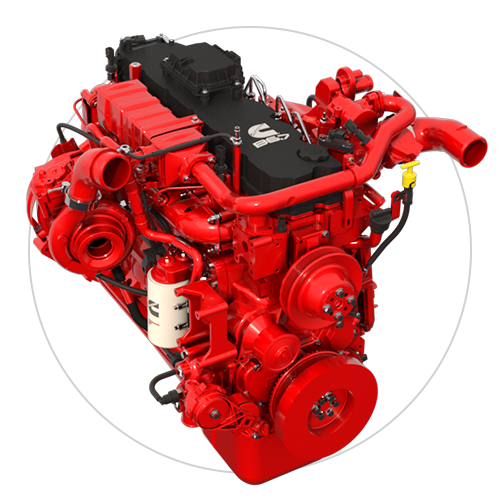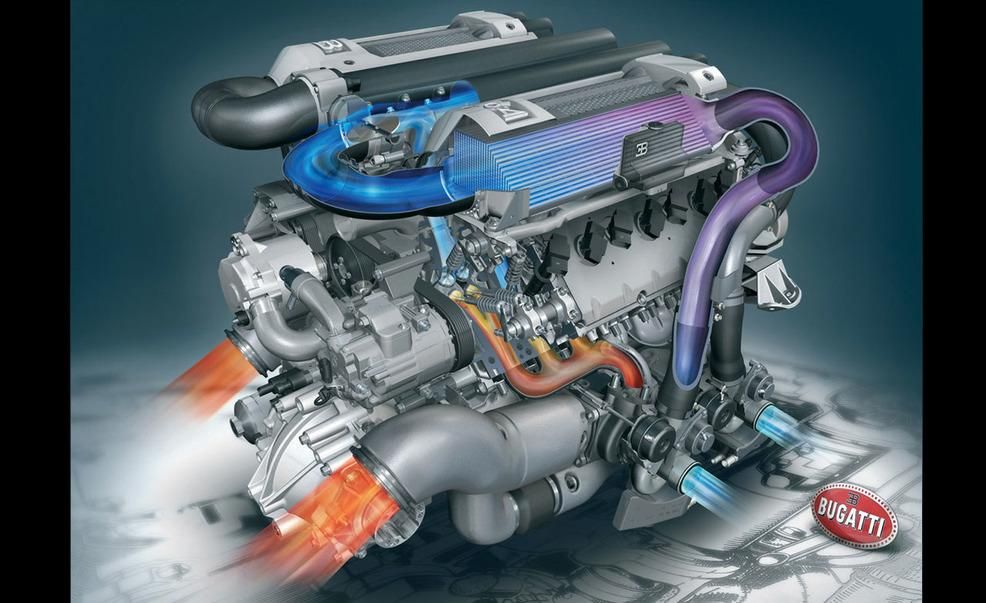Engines for Africa Available Currently! Check Out Our Trusted Auto Components Store
Engines for Africa Available Currently! Check Out Our Trusted Auto Components Store
Blog Article
The Mission for Ultimate Driving Power: Examining the Peak of Engine Efficiency and Technological Innovations in the Automotive Field
In the realm of vehicle design, the pursuit of maximum driving power has been a ruthless quest that has unfolded with the evolution of engine layout and the assimilation of cutting-edge technologies. From the meticulous craftsmanship of combustion engines to the rapid innovations in electrical propulsion systems, the automobile market stands at the cusp of a new period characterized by extraordinary efficiency capacities. As designers and researchers delve much deeper right into the worlds of computational fluid dynamics and explore innovative gas modern technologies, the horizon of possibilities increases significantly. Remain tuned as we unravel the detailed tapestry of technical innovations that are forming the future of automobile power and efficiency.
Advancement of Engine Layout

Furthermore, the integration of turbocharging and turbo charging modern technologies has changed engine design by improving power without significantly enhancing engine dimension. These forced induction systems press the consumption air, enabling for even more gas to be ignited, therefore generating greater power outcome from a smaller engine. This improvement has been specifically essential in boosting the performance of smaller variation engines while preserving gas performance criteria.

Performance-Enhancing Fuel Technologies
The execution of advanced fuel modern technologies has actually considerably added to enhancing engine performance in contemporary automobiles. Biofuels, obtained from renewable resources like algae, sugarcane, or corn, offer reduced emissions and boosted engine performance. Additionally, gas ingredients and cleaning agents are being created to tidy engine parts, optimize combustion, and minimize rubbing, thus improving overall vehicle performance.
Improvements in Electric Propulsion
Significant strides in electric propulsion innovation have actually reinvented the auto industry, leading the method for a brand-new period of lasting and effective transport. Electric cars (EVs) are getting appeal because of their ecological benefits and advancements in battery innovation, enabling longer driving arrays and much shorter billing times. Makers are investing heavily in r & d to enhance the performance of electrical propulsion systems, concentrating on raising power result, improving energy performance, and reducing overall weight.
One remarkable breakthrough in electrical propulsion is the advancement of innovative electrical motors that deliver greater torque and power thickness, causing boosted acceleration and general driving performance. In addition, regenerative braking systems have actually been improved to record and store energy during slowdown, further increasing the efficiency of EVs.
Furthermore, the combination of smart modern technologies, such as expert system and predictive analytics, is optimizing the administration of electric propulsion systems, ensuring optimal efficiency under different driving conditions. These innovations in electrical propulsion are improving the vehicle landscape, driving the industry towards an extra sustainable and electrified future.
Effect of Computational Fluid Dynamics
With developments in electrical propulsion pushing the borders of automotive innovation, the integration of Computational Fluid Dynamics is playing a crucial duty in enhancing aerodynamic performance and enhancing general efficiency in lorry design. Computational Fluid Characteristics (CFD) includes the use of computer simulations to analyze the flow of air around a vehicle, allowing engineers to anticipate just how style changes will certainly impact the rules of aerodynamics without the need for costly physical models. By properly modeling air movement patterns, CFD allows for the improvement of vehicle shapes to lower drag, enhance cooling, and boost security.
One secret benefit of utilizing CFD in car layout is the ability to repeat rapidly, discovering numerous sites design variants to identify one of the most aerodynamically effective services. This iterative process causes lorries that are not just sleeker and a lot more aesthetically attractive yet additionally much more eco pleasant and fuel-efficient. CFD enables designers to enhance air movement around components such as radiators, engine bays, and wheel wells, contributing to improved efficiency and general driving experience. Finally, the assimilation of Computational Fluid Characteristics represents a significant advance in the mission for ultimate driving power and effectiveness in the auto market.
Future Trends in Engine Innovation
In the dynamic landscape of automobile engineering, cutting-edge improvements are shaping the future trajectory of engine innovation. The future of engine style is noted by a solid focus on sustainability, efficiency, and efficiency. Makers are increasingly concentrating on developing engines that not just provide high power outcomes yet also focus on environmental obligation by lowering exhausts and boosting fuel efficiency.
One noticeable fad in engine technology is the rise of electrification. Hybrid and electric powertrains are obtaining grip as viable options to standard combustion engines. These technologies provide the possibility for substantial decreases in carbon emissions and raised power effectiveness, lining up with worldwide initiatives to battle climate adjustment.
Moreover, developments in materials science and manufacturing methods are making it possible for the production of lighter and a lot more durable engine elements. This shift in the direction of light-weight products such as carbon fiber and light weight aluminum alloys contributes to enhanced performance and gas economy.
Conclusion
Finally, the pursuit of supreme driving power in the auto field remains to drive innovations in engine style, fuel technologies, electric propulsion, and computational fluid characteristics. visite site The evolution of these innovations Read Full Article is forming the future of engine development, leading the way for more effective and powerful automobiles (engines for africa). As the industry continues to push the limits of what is feasible, we can anticipate to see a lot more cutting-edge advancements in the pursuit for peak performance
One of the vital turning points in engine design evolution is the transition from traditional carbureted engines to modern-day fuel-injected systems. By precisely metering the gas distribution to each cylinder, fuel-injected engines optimize burning, resulting in better performance and reduced ecological influence.
Additionally, the combination of turbocharging and turbo charging innovations has changed engine design by enhancing power without considerably enhancing engine dimension (engines for africa).The execution of innovative fuel technologies has dramatically contributed to improving engine efficiency in contemporary automobiles. Additionally, gas ingredients and cleaning agents are being developed to tidy engine elements, maximize combustion, and minimize rubbing, thereby enhancing overall lorry performance
Report this page